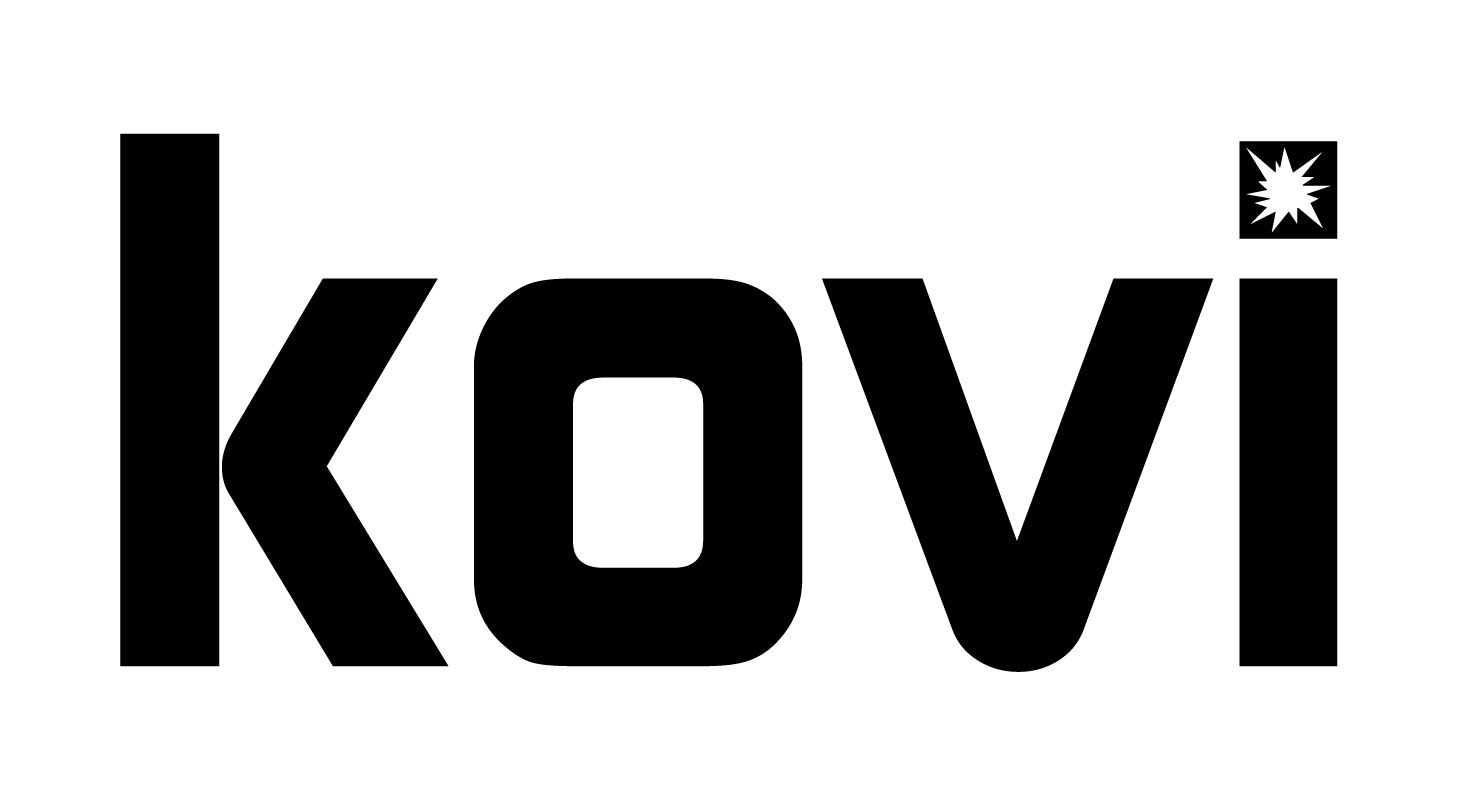[tintuc]Welding Electrodes are the essential components in the process of welding. We use welding to join different materials permanently. In simpler words, welding electrodes are cylindrical shaped metallic rods, coated with flux and comes in varying lengths and radius.

These rods help in making a bead of metal by using electrical currents (AC/DC) from the welding machine. The welding electrodes are classified with the class well imprinted in its body, through which we can judge the electrode coating, its penetration capability and type of current it uses.
Technically the welding electrode is made up of two parts; first is the actual metal which is formed into wires and cut into specified length and second is the flux coating where begins the chemistry role.
The metal used in the welding rod may vary from mild steel, cast iron, stainless steel, copper, brass or aluminum. The flux wrapped on these metal rods is cellulose used by plants for flexibility, powered iron, and hydrogen. Sodium and potassium are also used to make the flux and works as a binding agent. The flux coating on the metallic rod helps the electric current to flow more evenly during welding.
Metallic Wire
The role of metallic wire is bought from the supplier with low carbon and silicon contents in it. These wires are inspected in the composition and can be heat treated if required to increase the ductility property of the metal.
Metal Forming
This metal forming process is used to reduce the cross-section of the wire by pulling it through drawing dies. These metallic wires are then drawn in the metal forming machines, where they are shaped into special sizes as per the requirement. The common sizes of these metallic rods are mainly 2.5mm, 3.15mm, 4mm, and 5mm.
Straightening and Cutting
After the metal forming process is completed, the feed is provided to the straightening and cutting machine. Here the metallic rod is straightened and cutting is done as per the specified length of the welding electrode.
Watch video below to understand making of welding electrodes better
Dry Mixture
The dry mixture is the chemical composition of the flux to be coated on the metallic rod. The chemical mixture mainly consists of Cellulose, Mica, Titanium Dioxide, Low Carbon Ferro Manganese, Feldspar etc. These elements are weighed well before preparation and added to the dry mixer to make a homogenous mixture out of it.
Wet Mixture
Potassium Silicate is weighed and added to the dry mixture to obtain a wet mix out of it. This basically acts as a binding agent for the mixture. Now the wet mixture is collected and loaded into a hydraulically operated press, where it is pressed to form briquettes. These briquettes are further loaded in the flux cylinder of the extruder.
Coating the flux by extrusion
The coating of the flux on the metallic rod is done by the extrusion press. Here the flux is fed under pressure through a cylinder and the wire is fed from the wire magazine. During the extrusion process, the metallic wire is fed one by one from the wire feeder and is well coated with the flux by the help of nozzle or die box mechanism well incorporated in the extrusion press. The metallic rods coated with flux are regularly tested in an eccentricity tester to confirm the right formation of the welding rod.
The rods rejected during the test are collected and the flux is stripped off in the stripping rod. These metallic rods can be reused in the process again. The electrodes coming out of the press with the help of conveyor are brushed to make the surface smoother and one end of the welding rod is well ground which is used for holding it by the holder during welding. Then these welding rods are collected in the tray for air drying and after some time they are fed in the oven for proper drying.
Baking of the electrode
After the collection of welding electrodes in the tray, they are fed in the oven for baking. The baking period varies with the size of the electrode and this is basically done to reduce moisture content. It is advisable that the moisture content should not exceed 4 percent for the proper functioning of the welding electrode.
Grading and Packing
When the baking cycle is over the grading of the welding electrode is done by printing the type of electrode on its body. Then, at last, the finished welding electrodes are stored and packed in the specific cartoon.
Welding Electrode Classification
Welding electrodes come in variable sizes and applications. They are judged by the grading done on its body. For example, the most commonly used electrodes are E6010 and E7018. Here E stands for Electrode and 60, 70 specify the tensile strength of the rod. The last two digits help in specifying the type of coating, current and welding positions like overhead, vertical, horizontal and flat.
Source: Technology Insider
[/tintuc]


